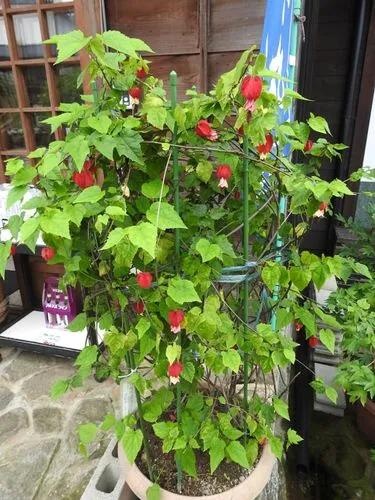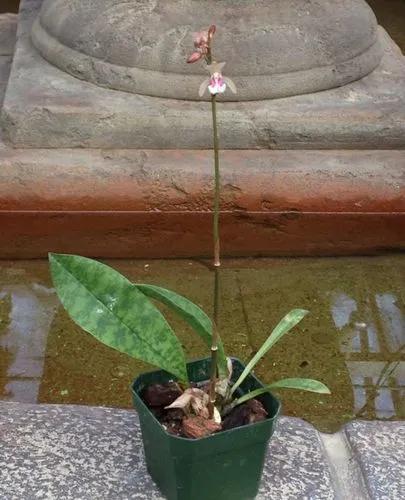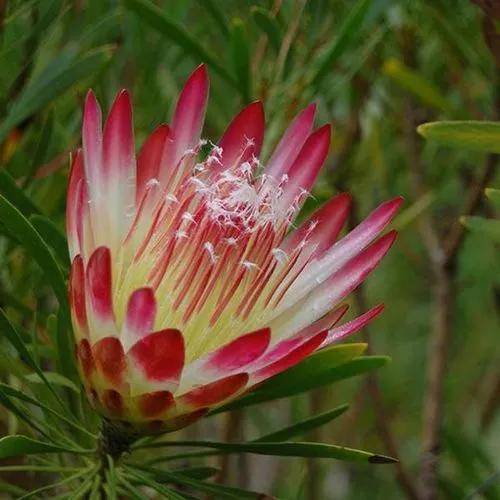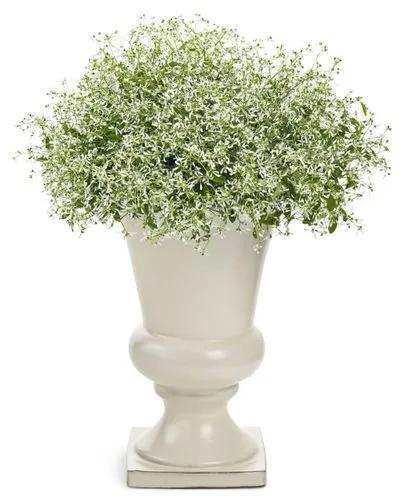This creeping plant is ideal for covering dull spots in your garden and replacing them with a blooming, eye-catching bush. Its flowers attract bees and healthy insects for your garden, making it a great companion for your flowerbed during the summer months. Know that it can quickly cover up a lot of space, which can be both a blessing and a curse, but choosing a fence or wall where it can crawl on will make you irreversibly befriend Fallopia baldschuanica.
Bukhara fleeceflower Care
Fallopia baldschuanica



Originally from Western China, this woody plant is now famous with many names: Russian Vine, Bukhara Fleeceflower, Chinese Fleecevine, Mile-A-Minute, or Silver Lace Vine. It spreads rapidly in the wild, but it is frequently used in landscaping for its long leaves and fragrant flower bouquets that can reach up to 6 inch (15 cm). The plant grows rapidly, its vines being able to reach up to 36 ft (11 m), so it is usually isolated from other plants in the garden.
How to Care for the Plant

Water

Although not as sensible as indoor plants, Bukhara fleeceflower can also be harmed by overwatering. They prefer dry to slightly moist soil, so you can save the extra water for other spots of the garden. Wait for the soil to dry out before watering again, and the vines will thrive.

Pruning

Prepare your gardening scissors, as this plant has a high growth rate and will shortly invade any space available if you don’t prune it consistently. While it does not require too much care in other aspects, pruning is important to make sure your garden keeps its neat appearance around the plants’ vines. You can prune it any time of the year, and don’t hesitate to cut any dying or affected parts.

Fertilizer

You can help the flowers bloom by adding compost to the soil during the growth period, but as Bukhara fleeceflower is already growing rapidly, fertilization is not something obligatory.

Sunlight

Silverlace Vine thrives with a lot of sun exposure, so position it in a place where it gets at least 4-6 hours of partial sun daily. Although the direct sun does not affect it harshly, it is better to keep the direct sun for the morning hours instead of peak heat in the middle of the day, or the leaves might start to be affected.

Soil

This plant does not care too much about the soil that you keep it in regarding pH or soil type, but it thrives better in sandy, loamy soil.

Propagation

Start by cutting about 6 inches (15 cm) of a healthy stem. Dip the cutting into growth hormone, then plant it into a soil mix that will remain moist throughout the entire growth period. Cover this cutting with a plastic bag or bottle for a few weeks, out of bright, direct sunlight. The roots will shortly start to form, and you will notice their resistance if you try to move the cutting in the pot with your finger. At this point, you can take the plastic coverage off and place the new vine in a sunny spot, exposing it to outdoor temperature and sunlight gradually.

Temperature

This crawling bush is cold-resistant, however it goes dormant in cold temperatures. You might consider keeping it inside if the temperature in your area is exposing it to temperatures lower than -59°F (15°C). Bukhara fleeceflower will do best in temperatures between 50 and 86 °F (10-30°C).

Container

These plants usually grow directly in the soil, and potting is necessary only during propagation, where you need a container with drainage holes. Outside this context, potting them is not so common, however, you need to provide a support system for this crawling plant to grow in a controlled shape.

Fun fact

Did you think this plant is all about leaves and flowers? Think again, because Bukhara fleeceflower is identified as fruit and delivers berries as well. Although not edible, these berries can add an extra pop of color to your garden.

Popularity

151 people already have this plant 13 people have added this plant to their wishlists

Common pests

One of the most common intruders found around Bukhara fleeceflower is Japanese beetles, but a soft insecticide will get rid of them rapidly without affecting the blooms or the health of the plant. To prevent pests from taking over the plant, prune it often, so you maintain a good airflow between its vines.

Frequent diseases


Botanist’s tips

Discover more plants with the list below
Popular articles






